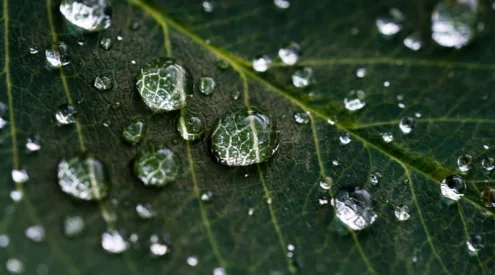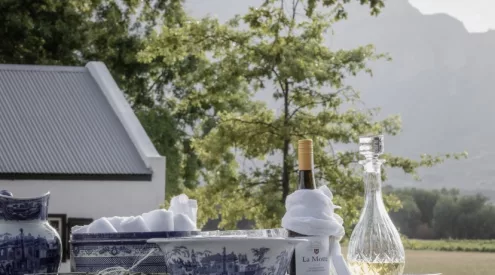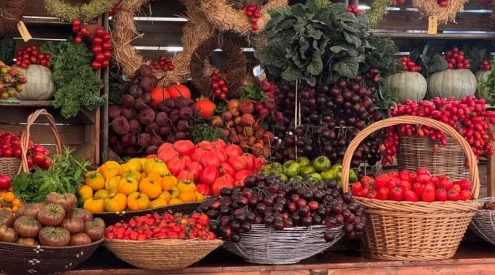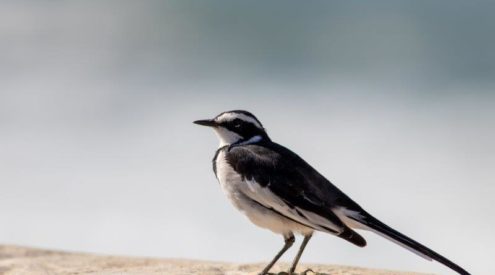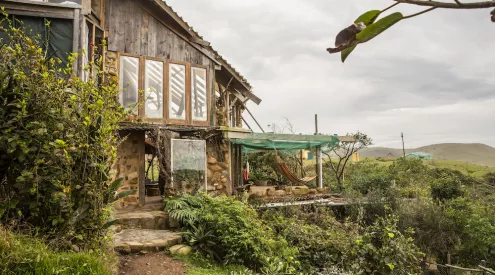A lion leaping after an impala in the dust, a leopard dragging its prey up a tree, a crocodile snapping at a wildebeest’s muzzle – these are images of wild, quintessential Africa. Yet within the private confines of our garden sanctuaries, unknown to the average homeowner, similar dramas are readily playing themselves out every day.
This is the hunting ground of the suburban avian killer, a member of a specially adapted group of raptors, Accipiter, that has evolved to capitalise on aerial attacks at close quarters, dashing between leaves and branches with spectacular agility and speed.
With the hiss of the Indian Ocean ever-present in the air, in the heart of the hamlet of Zinkwazi on the KwaZulu-Natal North Coast, Tim and Vladi Brownlee’s paradisiacal, forested garden of ancient milkwoods and scented orchids is home to the Zinkwazi Zapper, a little sparrowhawk, a serial killer of epic proportions.
On most mornings, Tim and Vladi are privileged to watch an African hunt explode in front of them – a scene of elegance and violence where house sparrows and weavers scatter from the bird-feeder in delirious abandonment. Birds burst in all directions, the attack is silent and instantaneous and the Zapper sinks its talons into its prey. Two feathers flutter earthwards, then all is still and equilibrium returns to paradise. A blue butterfly takes to the sky as a red-capped robin-chat calls cheerfully nearby.
The Brownlee’s garden is a BirdLife South Africa Green Garden and boasts a bird list of more than 90 species, as well as resident thick-tailed bushbabies, many butterfly species and various frogs. It’s a normal, suburban garden with a strong environmental ethic.
When apex predators such as birds of prey appear and the magic and power of the hunt unfolds in your backyard, it’s proud affirmation of a healthy ecosystem.
There are a number of species of birds of prey that might make your garden a part of their home range or hunting territory. Keep an eye (and ear) out for the black sparrowhawk, the biggest of the Accipiter species in our region, with its long, darkly barred tail and distinctive plumage or the African goshawk with its yellow eyes, grey upper parts and characteristic chip, chip, chip call as it circles overhead.
A well-treed garden might attract rufous-chested sparrowhawks, which send out sharp, stuccato kee-kee-kee-kee calls when displaying. Then there are the hunters of the night – the spotted eagle-owl with its prominent ear-tufts is an excellent ratter and will keep your garden free of rats.
Go green in your garden
The BirdLife South Africa Green Garden status is awarded to gardens that are developed with nature in mind, where indigenous planting is dominant, a water-wise approach has been implemented and where micro-habitats have been designed for wild creatures. Through this programme, BirdLife South Africa is promoting biodiversity and believes the initiative is good for business, increasing the value of your home as well as being good for the future health of the environment. www.birdlife.org.za





